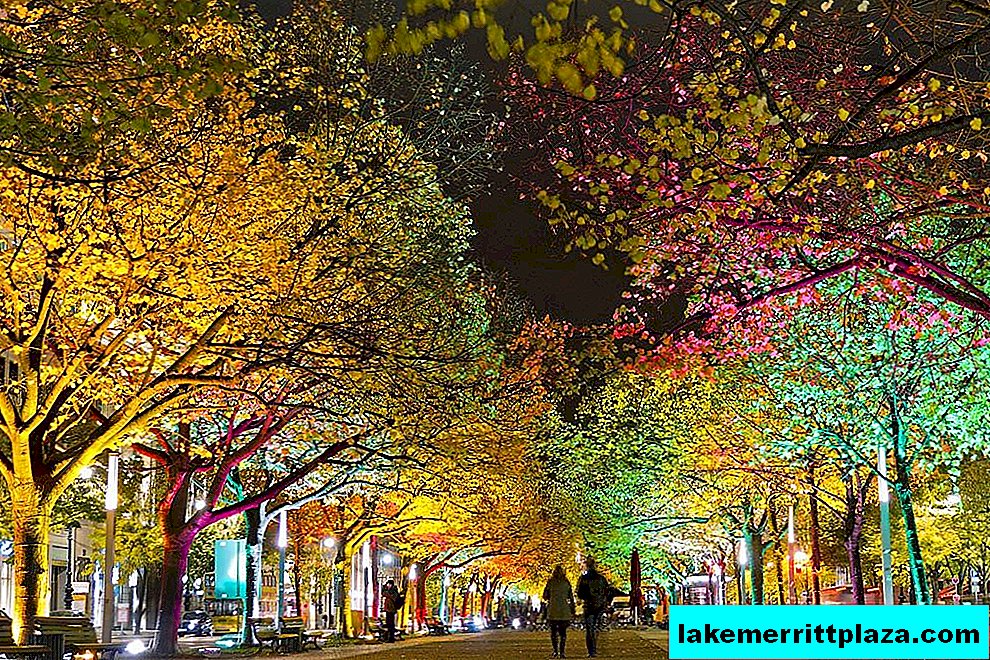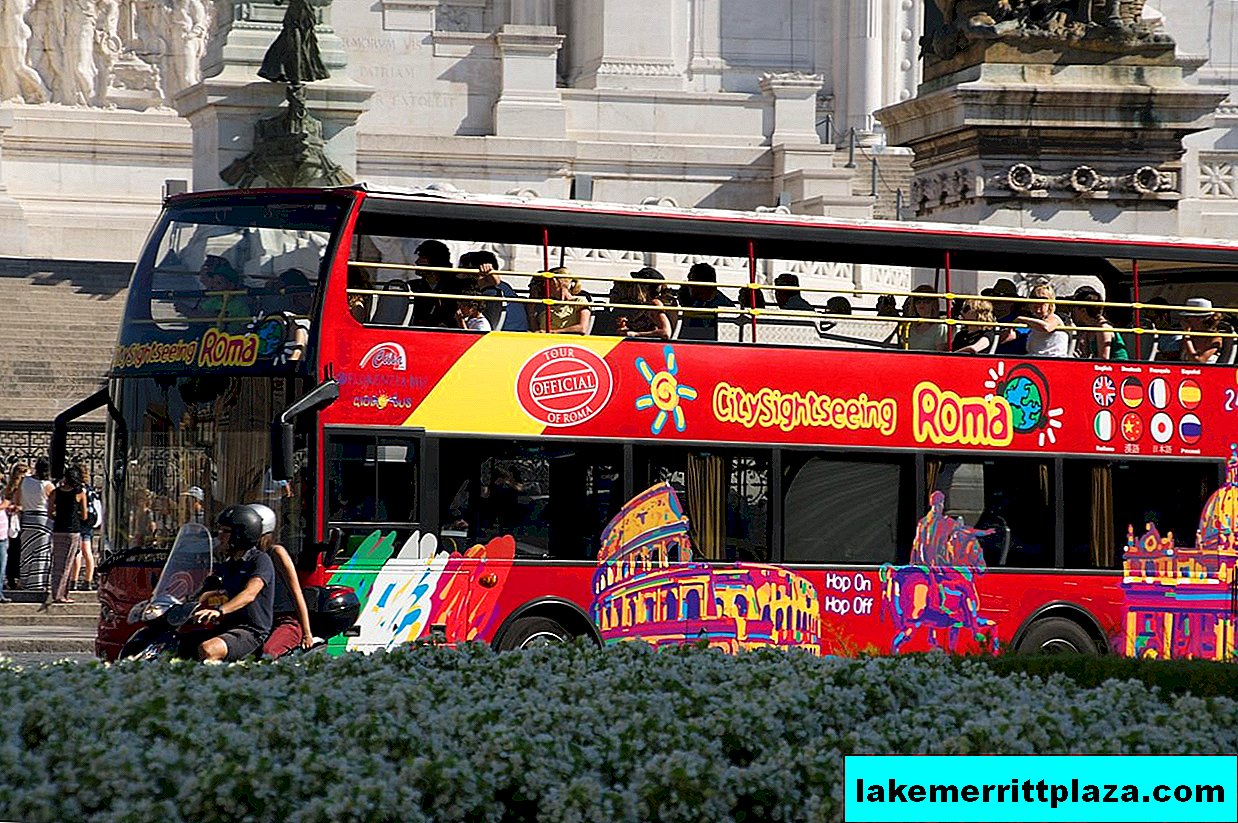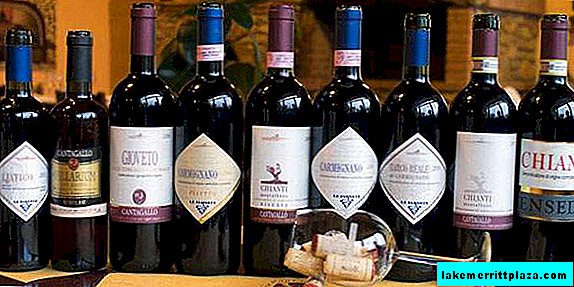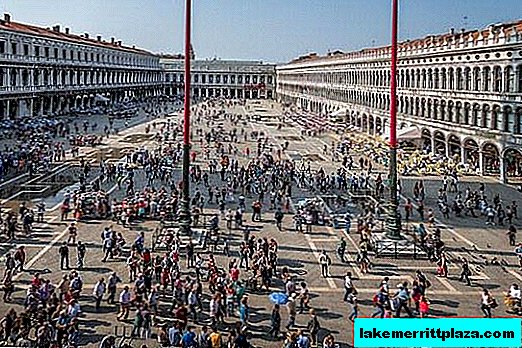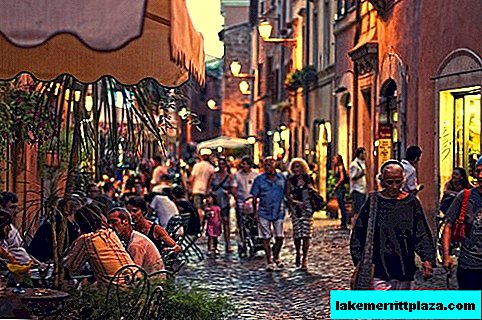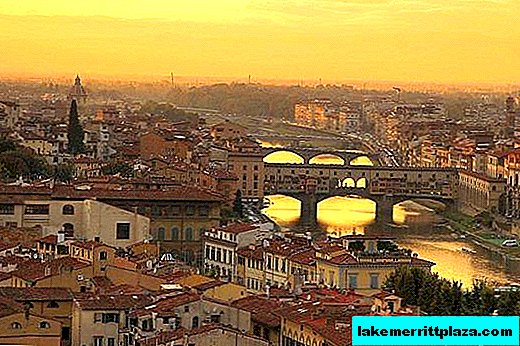The Church of Santa Maria Maggiore (Basilica Papale di Santa Maria Maggiore) is not just another Catholic church in Rome. In fact, it is one of the four main basilicas of the eternal city, that is, a cathedral of the highest rank!
Story
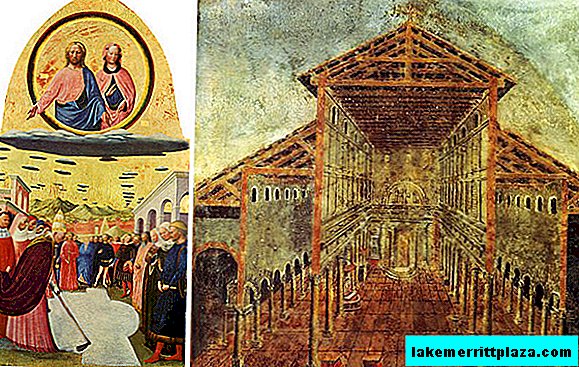
The papal basilica of Santa Maria Maggiore was founded in the early Christian period. The history of its construction, long ago, has turned into a beautiful legend. The Roman Bishop Liberius had a wonderful dream in which the Blessed Virgin appeared to him and ordered him to build a temple in the place where the snow would fall the next morning. With the advent of a new day, the pope was informed that the Esquiline hill (lat. Mons Esquilinus) of Rome was wrapped in a snow-white blanket. So, in the year 352 A.D. laid the first stone of the basilica.

In the V century, the temple was significantly expanded and rebuilt at the behest of Pope Sixtus III. It was then that the basilica was dedicated to the Mother of God. Centuries passed, the bishops coming to power added Santa Maria Maggiore sparkle and beauty, brought new relics to the church. In the 14th century, a bell tower 75 meters high grew over a three-nave basilica. Pope Gregory XI initiated the construction of the bell tower shortly after returning from Avignone. One of the five bells rings exactly at 9 pm to strengthen the faith of the worshipers.
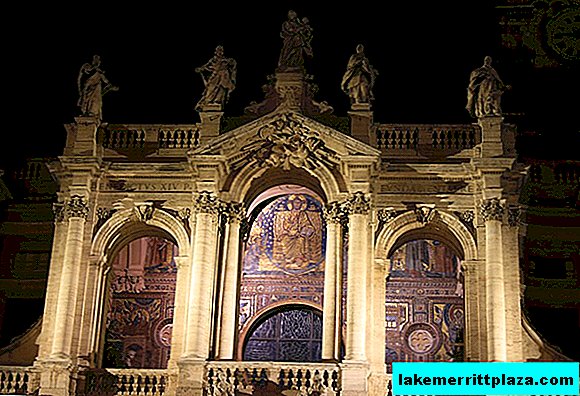
The modern facade of the building is a mixture of Romanesque and Baroque styles. The last significant element of the external decor was the extension of the magnificent loggia with a portico. The architect Ferdinando Fuga, who was involved in the interior design of the temple for the eighteenth century, set about perfecting the appearance of the temple.
Interior
With all the changes and reconstructions that have taken place, the Basilica of Santa Maria Maggiore has largely retained its authentic appearance.
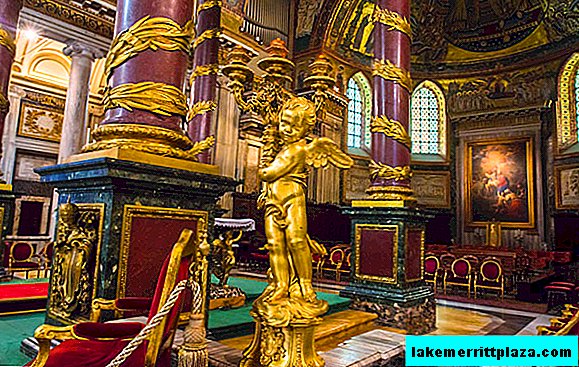
Particular attention of visitors is attracted to the elements of the mosaic of Santa Maria Maggiore, which have come down to the present from the 5th century A.D. The main nave of the church and the Arc de Triomphe were inlaid with mosaic paintings under Pope Sixtus III.

Vivid pictures of the Old Testament look solemnly against the background of the richly decorated altar of the temple.
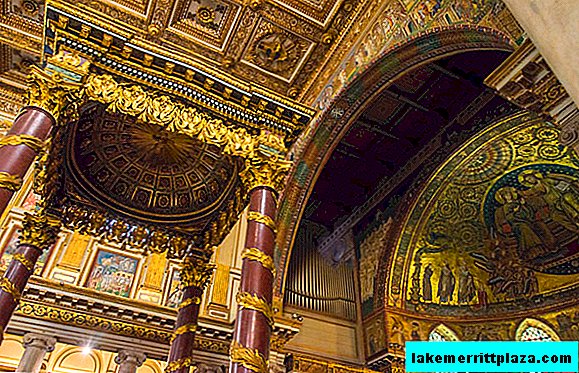
The entrance to the basilica is decorated with a mosaic painting “Miracle with Snow”, it sends visitors to the legendary past of the temple. In the 13th century, a mosaic was also applied to the apse of the basilica, illustrating the coronation of the Madonna, the mother of Jesus. The impressive painting was performed by Prior of the Franciscan Order Jacopo Torriti commissioned by Pope Nicholas IV.

The Church of Santa Maria Maggiore has also retained stunning floor-style cosmatically ornaments dating from the 13th century.

The geometric patterns of the floor echo the elaborate ceiling by Giuliano Sangallo. Wooden ceiling panels are plated with gold mined in Peru by Spanish discoverers.

A priceless relic of the basilica is the Holy Cradle, which is located under the main altar. The kneeling statue of Pope Pius IX symbolizes faith and reverence for the ancient shrine.
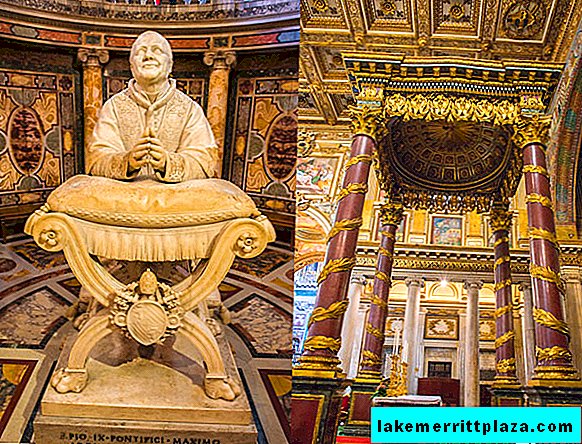
A precious crystal urn painted with silver hides fragments of a wooden manger in which the baby Jesus once lay.
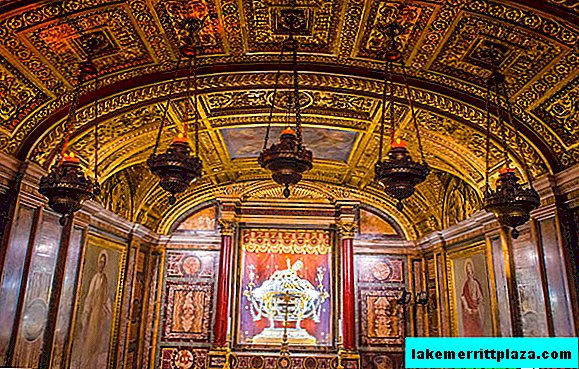
The Christmas theme continues with the eponymous statue of Arnolfo di Cambio.
Chapels
Numerous chapels dedicated to the cardinal and popes, as well as the ancient baptistery, complete the decoration of the temple. All three chapels are striking in their decoration.
Sistine Chapel (Cappella Sistina)
In the 15th century, Pope Sixtus V instructed his trusted architect, Domenico Fontana, to create the chapel of the Most Blessed Sacrament. The scenes of the Nativity of Christ should certainly have entered into it. To capture the triumph of the Virgin Mary, her divine destiny on the walls of the Sistine Chapel took two artists: Caesar Guerra (Cesare Guerra) and Giovanni Nebbia (Giovanni Nebbia). The masters were also given the task of linking the elements of the mosaic of Santa Maria Maggiore, laid out on the apse with the painting of the chapel.
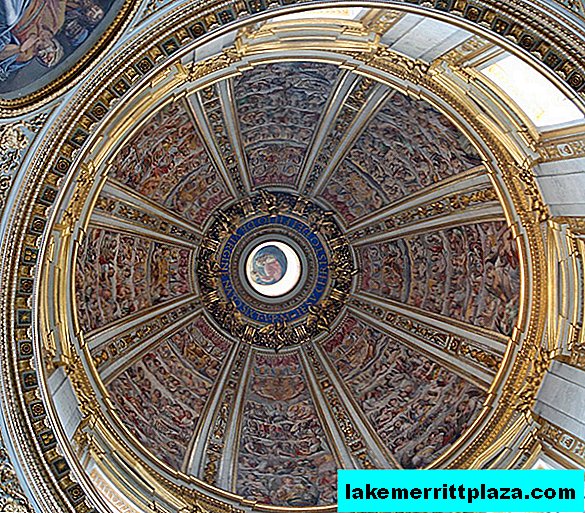
A lot of work of sculptors and artists was put on the embodiment of a holistic image of the Sistine Chapel. Sixtus V was imprinted in a stone, kneeling before the cradle of God's son. In the center of the chapel is an altar decorated with four golden angels. In this chapel, Pope Sixtus V and Pius V. found their peace. Near the entrance to the chapel there is a modest marble slab with a memorial inscription that in 1680 the great architect Giovanni Lorenzo Bernini found eternal peace.
Cappella Borghese
At the beginning of the XVII century, Pope Paul V, in the world - Camilio Borghese (Camilio Borghese), was elected pontiff. It was thanks to him that the Borghese chapel or the Paolin Cappella (Pauline Cappella) arose. Its structure is a mirror image of the Sistine, located on the opposite side of the temple. The general outline of the room is a Latin cross, over which a dome rises on powerful pilasters.
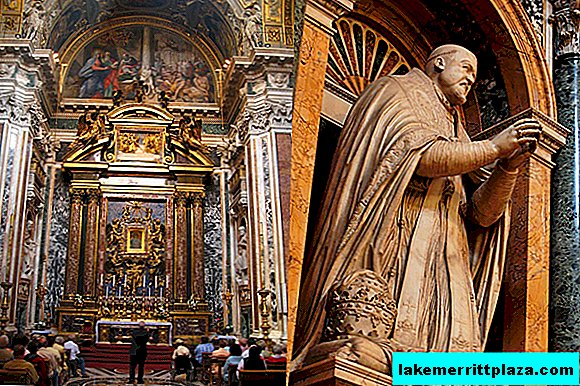
The architect of the Borghese chapel - Flaminio Ponzio (Flaminio Ponzio) had significant means of the family in order to create a grandiose cultural and religious masterpiece. The main decoration of the chapel is the icon of Madanna Solus Populi Romani (Latin Madonna Salus Populi Romani). The decor of the chapel is made of marble, bronze, elaborate gilded cornices. At the center of all this riot of luxury is an altar of deep blue. Amid the exquisite wealth and church luxury, the tombs of Clement VIII and Paul V rest.
Chapel of the Sforza (Cappella Sforza)

The Sforza chapel fades somewhat against the background of the two richest church tombs. However, it is believed that the architect Giacomo della Porta (Giacomo della Porta), who created it for an influential Italian family, in his work relied on sketches of Michelangelo Buonarroti himself.
Museum
A museum is located right under Santa Maria Maggiore, telling visitors what the Papal Cathedral is like. Eight rooms, contain exhibits in one way or another connected with: the history of the basilica, the sacrament of the Nativity of the Virgin, the Virgin Mary, and the saints who patronized the church. The walls of the museum contain paintings, sculptures, precious attributes of papal authority, sacred relics and other values that give the temple the status of a great one.
Museum working hours: daily, from 9:30 to 18:30.
Santa Maria Maggiore Square (Piazza di Santa Maria Maggiore)

Church of Santa Maria Maggiore is located at the square of the same name. In front of the main facade of the building stands a monument dedicated to the Virgin Mary, the deliverer from the plague. It is noteworthy that the statue of the Immaculate Virgin was taken in the Basilica of Maxentius and Constantine, which is located on the ruins of the Roman Forum (Latin Forum Romanum). The plague pillar was erected in Rome in 1614 and became a model for similar monuments throughout Europe.
Interesting Facts
Every year on August 5, a snow miracle is celebrated - thousands of snow-white petals whirl in the temple building, depicting a prophetic snowfall. In the evening, Piazza Santa Maria Maggiore turns into a stage for performances by Italian artists. All the action ends with snowfall. Thousands of regular parishioners and guests of the capital come to enjoy this holiday.
Santa Maria Maggiore Song
Santa Maria Maggiore is an exceptional place, amazing masterpieces of art are harmoniously intertwined with the spiritual world. To be under the arches of an ancient Christian basilica was quite enough for the Moldavian composer Peter Teodorovich (Peter Teodorovich). The last of his works was the song "Roman Midnight." Written in collaboration with the author, Nikolai Zinoviev, this song won the hearts of listeners more than once.
A sad, full of nostalgia work was performed by actor and singer Alexander Mikhailov, “Santa Maria Maggiore” in 1997 was also fond of the young Bulgarian singer Philip Kirkorov.
How to get there
- The cathedral is located in Rome at: Piazza di Santa Maria Maggiore, 42.
- You can get to the temple on foot from Termini Train Station.. Tourists will need only ten minutes of walking along Via Cavour to get from Termini metro station (line A or B) to the basilica.
- Work mode: daily, from 7:00 to 19:00. Confession can be in English, Spanish, German, Polish and other languages.
- Phone: +39 06 698 86800
- Description on the official website of the Vatican: www.vatican.va/various/basiliche/sm_maggiore/index_en.html

